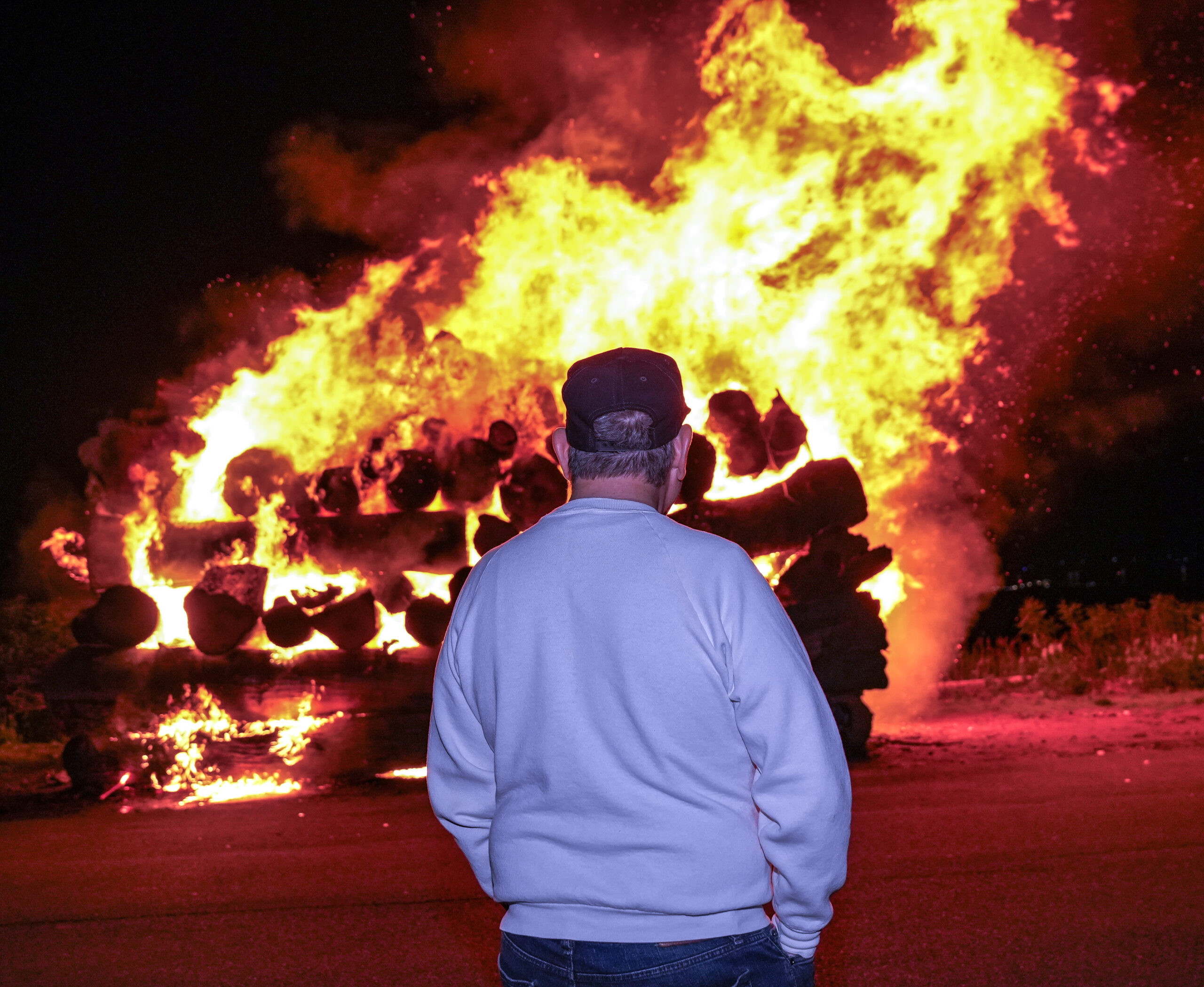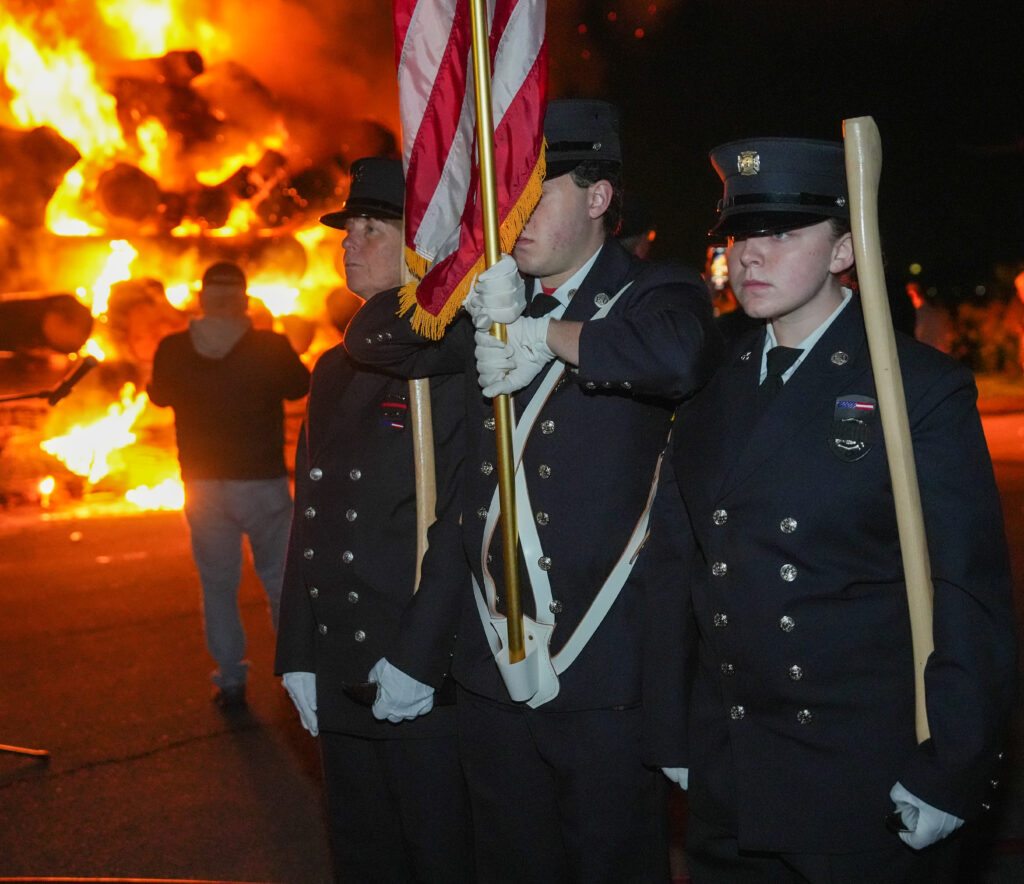Events
Mid-Hudson St. Patrick’s Parade will be held in the Village of Greenwood Lake on September 19, 2021
-

 Police/Fire/EMS1 week ago
Police/Fire/EMS1 week agoBreaking News: ICE Agents Spotted at Multiple Locations in Spring Valley
-

 Government1 week ago
Government1 week agoIsraeli Prime Minister Netanyahu Meets with Bipartisan U.S. Congressional Delegation Led by Rep. Mike Lawler
-

 Community1 week ago
Community1 week agoPearl River Public Library Appoints Nancy Aravecz Shah Director, Meet-and-Greet Scheduled for June 10
-

 Business1 week ago
Business1 week agoAufgang Architects Ranked Second Among NYC’s Top Architects in New Building Projects



















